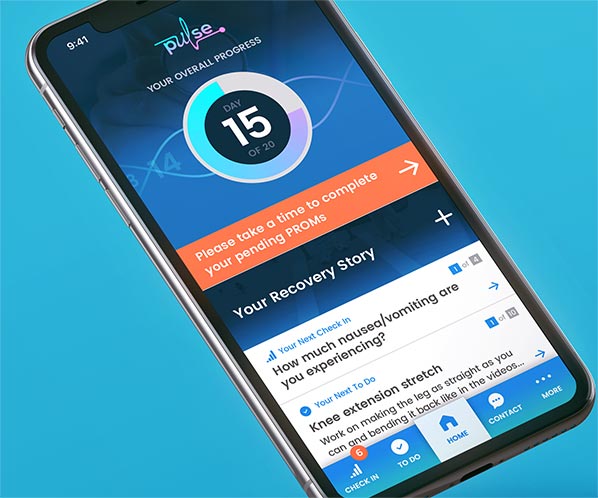MOBILE FIRST.
Mobomo was born at the forefront of the mobile revolution. We are experts in app development, from the White House to the USO, and we’ve only gotten better.
We have over a decade of experience in designing, delivering, and supporting world-class mobile applications using our award-winning Agile engineering principles, enabling us to ship over 50 apps each year to the Apple and Google stores.
YOUR PRODUCT, EVERYWHERE
Given that nearly 84% of the world’s population has smartphones, providing mobile-ready access to your customer is essential whether your company is a startup or a well-established brand. With mobile apps, there are a variety of options, and determining which one is most appropriate for your business can be challenging. There are three basic types of mobile applications, and each has features and benefits depending on a company’s product, services, desired application functionality, etc. Below, we have detailed some of the more business-critical decision points that factor into which type of mobile application you decide upon. As a general rule, most startups consider the Progressive Web App (cost effective, simple, improves brand awareness), while most established organizations invest in the Native App option (reliable, secure, builds credibility, powerful, advanced features like geo-fencing).
Native Apps
Applications that are designed to work with operating systems specific to Apple or Android devices are called Native Apps.
Progressive Web Apps
When applications mimic the functionalities and user experience common to native apps but are built on web platforms, they are considered Progressive Web Apps.
Hybrid Apps
Hybrid Apps are exactly what they sound like they would be: a combination of Native Apps and Progressive Web Apps. Hybrid Apps are web-based and then incorporated into native applications.
FEATURES AND BENEFITS COMPARISON.
- DESCRIPTION
- DEVELOPMENT PROCESS
- INSTALLATION
- USER EXPERIENCE & PERFORMANCE
- SECURITY & MAINTENANCE
- SEO
- UPDATES
- ACCESSIBILITY TO MOBILE FEATURES
- PUSH NOTIFICATIONS
- INTER-APP COMMUNICATIONS
- GEO-FENCING
- MOBILE PAYMENT
- COST
Check out some of the work we have done
with mobile
development.
MAKING THE RIGHT DECISION.
The feature breakdown we provided above between Native, PWS, and Hybrid apps provides insight into what each has to offer, but how do you know which one is truly right for your business? Let’s look at the benefits of these from a business perspective.
Native Apps make the most sense for organizations that:
- Have time and resources (developers) to develop two separate apps simultaneously.
- Want to take a customized approach with each OS’s functionalities.
- Would like to extend app accessibility across watchOS, tvOS, and macOS within the iOS ecosystem.
- Require a complex architecture to be built within the app.
- Require a layer of security necessary to protect customer data (such as financial institutions).
- Require extensive access to a user’s device.
- Are not concerned with search engine optimization as a branding expansion strategy.
Progressive Web Apps make the most sense for organizations that:
- Don’t have the time and/or financial resources to create separate apps for each Operating System.
- Need to reach a wide range of users quickly.
- Need offline capabilities that function regardless of user connectivity.
- Are focused on scaling their influence in the market and expand their brand recognition.
Hybrid Apps make the most sense for organizations that:
- Want apps that work seamlessly across multiple platforms.
- Need a simple, out-of-the-box design without customized functionality.
- Desire an app that functions like a native app and isn’t powered from a website.
- Need access to user’s devices.
- Require a solution that takes advantage of both native and PWA app benefits.
- Can dedicate the necessary time and financial resources.
Helping to shape a digital future that makes sense from a business perspective and the user experience, Mobomo’s commitment to thinking big and moving fast can help get your organization to take the steps necessary for your company’s evolution. Reach out to connect with us using the form below and let’s start a conversation about solutions that fit your needs.
ELEGANT
SOLUTIONS
START
HERE.
Content-rich websites. High-performance mobile apps. Bulletproof cloud solutions. Bring us your toughest challenge and we’ll show you the path to an elegant solution.
Contact Us